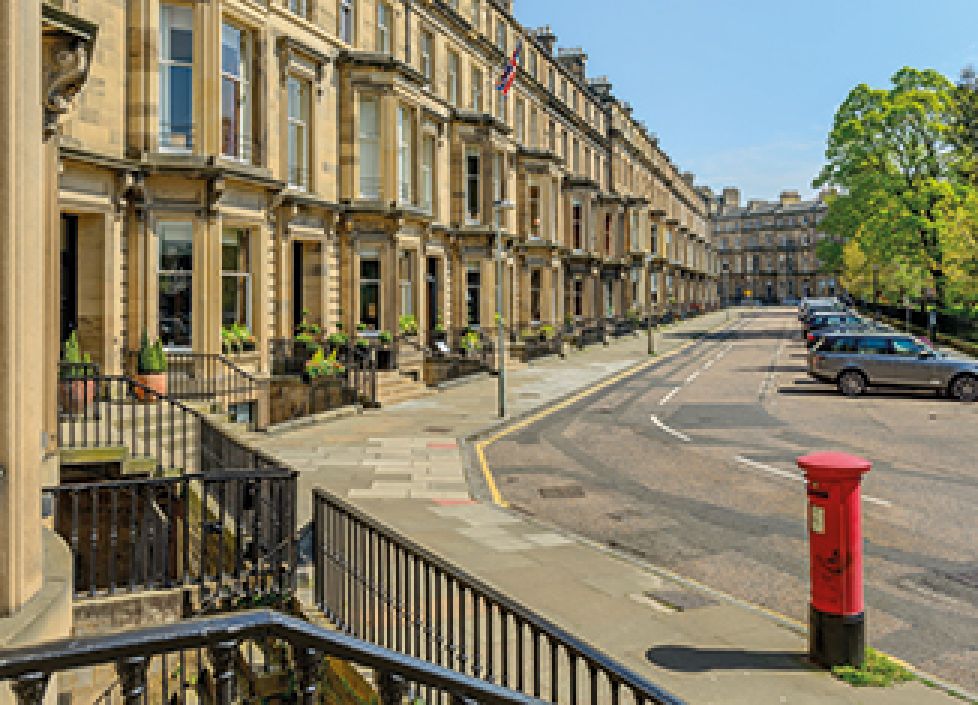Financial viability can play a role in obtaining planning permission in a number of ways. It can be argued as a justification for seeking to change the use of a listed building and also to add additional new build units within the grounds of a listed building. It can be used to argue for a lower or nil contribution toward affordable housing. Alternatively, it can be used as a basis for arguing for the need to optimise a development scheme and obtain more units or building on site.
We recently obtained planning permission on appeal for a client for a large commercial scheme in the London Borough of Islington. This was unusual as we were arguing for a less development on site compared to what the Council was seeking, and we used the financial viability case to justify this.
This case demonstrates a number of points around how Planning Inspectors look at issues in relation to viability, which will be of interest to anyone seeking to present a financial viability case to a Council or to the Planning Inspectorate in the case of an appeal.
The property and development proposals
The appeal site forms part of a primary retail frontage within the Finsbury Park shopping area in North London and is within a District Town Centre. The building is locally listed and comprises a four storey (over basement) late-Victorian red-brick terrace building (with front to back pitched roof). To the south of the terrace is a five-storey octagonal tower. To the north of the site is a modern (1960s/1970s) four storey, flat roofed infill building at 139 Fonthill Road. To the rear of the site are 2x two storey warehouse buildings. The central warehouse building has a stepped flat roof, while the rear warehouse building has a multi-pitched sawtooth roof.
The area has long supported the garment industry which now includes a legacy of shops and businesses catering for the retail fashion industry. A covered shopping mall extends to the rear of the ground floor retail units.




















